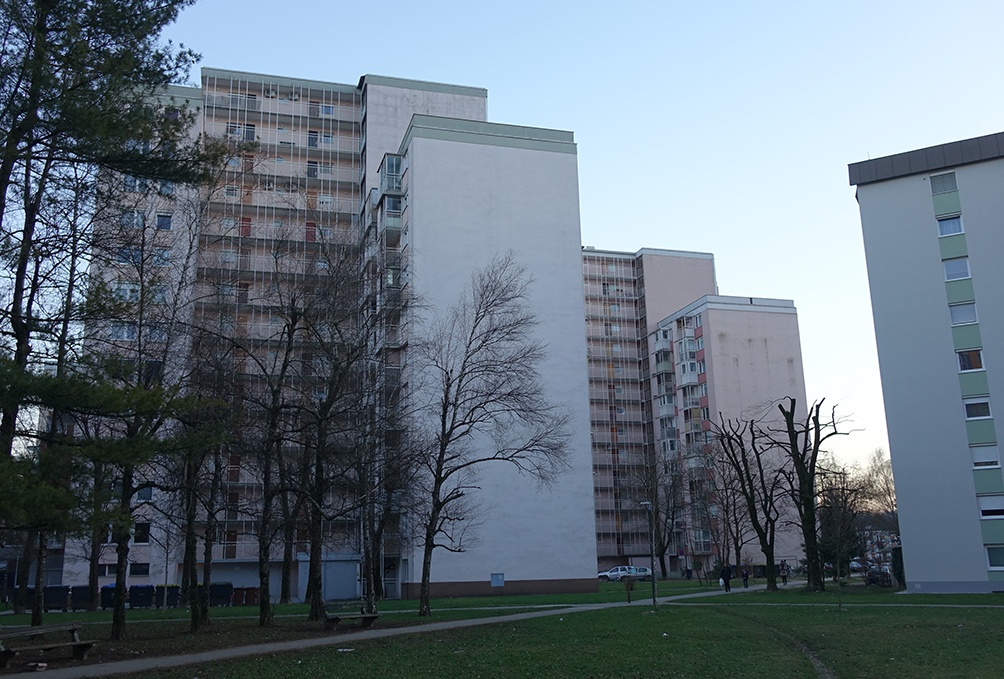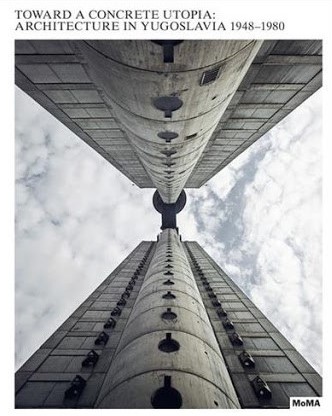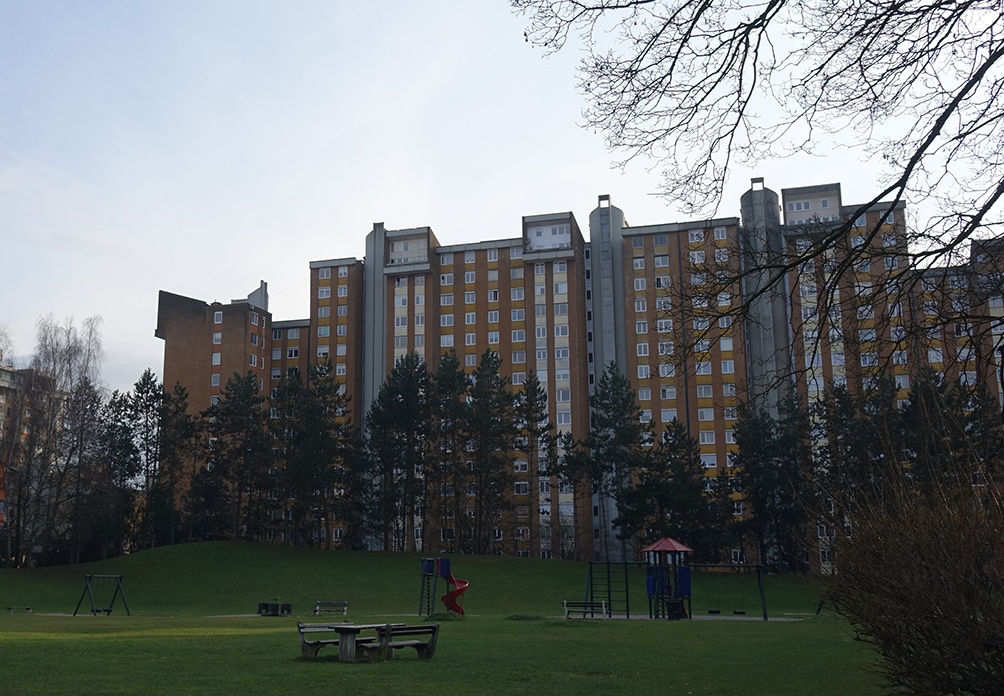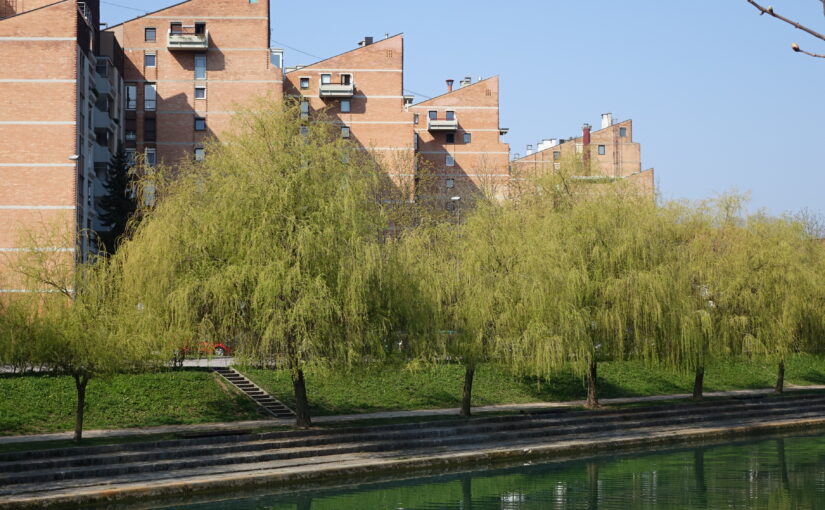Ljubljana has over 288.000 inhabitants today, with almost half living in modernist neighbourhoods built in the period between 1960 up until the end of the 80s. They were created with a high degree of technical skills, with a great sense of the aesthetic, and with a lot of empathy for the needs of ordinary people (social responsibility). Residential buildings with cautiously thought‐out apartment solutions, carefully positioned into large public green areas, provide an opportunity to identify the qualities of the built environment that are essential for a pleasant living. Some of them have been, due to their exceptional architectural and urban features, especially identified as specific areas of the city and as essential building blocks of Ljubljana’s identity.

Sadly, today’s situation in residential neighbourhoods is quite miserable: the uncoordinated interventions on the structures’ exteriors and the inappropriate use of common space have spoiled the visual appearance of buildings and eroded the coherence of entire neighbourhoods, which are being transformed into unrecognisable complexes with ruined identities. Although some neighbourhoods have been designated as architectural heritage, the phenomenon of degradation is ubiquitous.

But there is still a great need to raise general public awareness of the importance of a comprehensively organised housing estate, where a well thought out arrangement of the open spaces is an important part. For the quality of the living environment, in addition to good architecture, a pleasant surrounding is indispensable. Any of Ljubljana’s neighbourhoods presented in the chapter “case studies” could become an example of good urban-planning practise.
The modernist neighbourhoods of Ljubljana constitute not only Slovenian but also European heritage and co-create the rich world cultural diversity. Some of them represent icons of the city, and others are a little less outstanding. But all of them have a crucial role in satisfying the basic needs of their residents. That is why it is essential to preserve them in their best shape, as vital and prospective parts of Ljubljana’s urban life.
This article addresses the pressing problems of residential multi-dwelling buildings and neighbourhoods of the modernist period. The intention is to develop the general public’s abilities to appreciate this heritage as a tangible expression of the period of our recent past, the period of a highly socially oriented society. Recognising and consequently respecting values of a particular building or neighbourhood by the inhabitants are crucial for the proper approach towards their property and space as a whole. Also, the awareness of the importance of an individual attitude towards the shared space and its suitable use is vital for the establishment of a quality living environment.

Better knowledge of spatial issues and possible forms of action of each individual within it will contribute to a (gradual) transformation of the modernist neighbourhoods, mainly degraded due to improper maintenance, into the attractive urban areas of high‐quality. The attention is drawn to the consequences of inappropriate interventions on buildings and in public open spaces through some examples of bad practice. On the other hand, modernist buildings or entire neighbourhoods can be transformed into desirable places to live and adapted to the modern way of living and current needs, while at the same time maintaining their original concept and appearance, authenticity and integrity.
